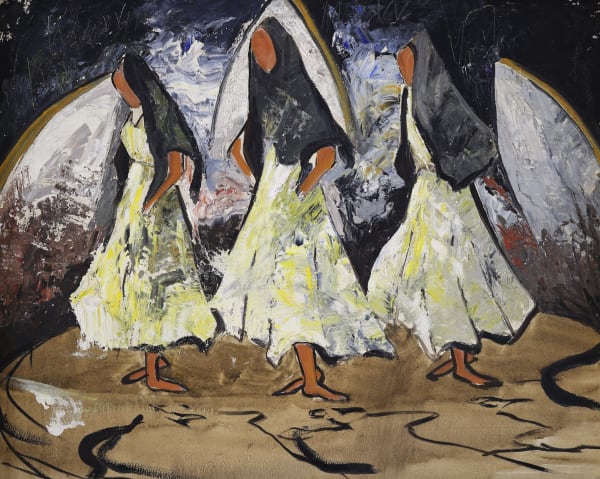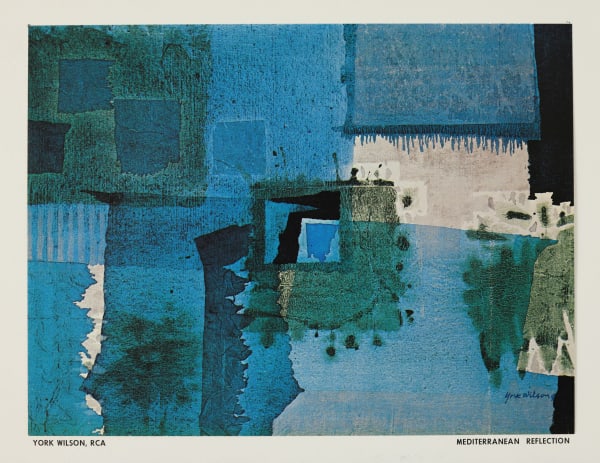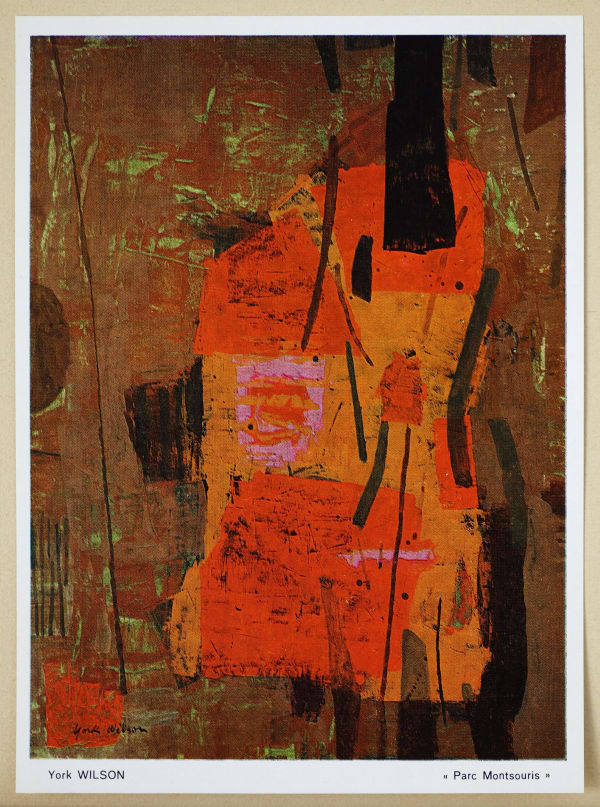Ronald York Wilson (December 6, 1907 – February 10, 1984) was born in Toronto, Ontario. His early artistic education included formal training at Central Technical School and night classes at the Ontario College of Art, later supplemented by studies at the Detroit Institute of Arts. Despite these formal influences, Wilson was largely self-taught. He began his career as a commercial artist, working for Brigden’s Limited, where he was influenced by notable artists such as Charles Comfort and Will Ogilvie. He later moved to Sampson-Matthews Limited and worked in Detroit, gaining exposure to fine art through museums and books.
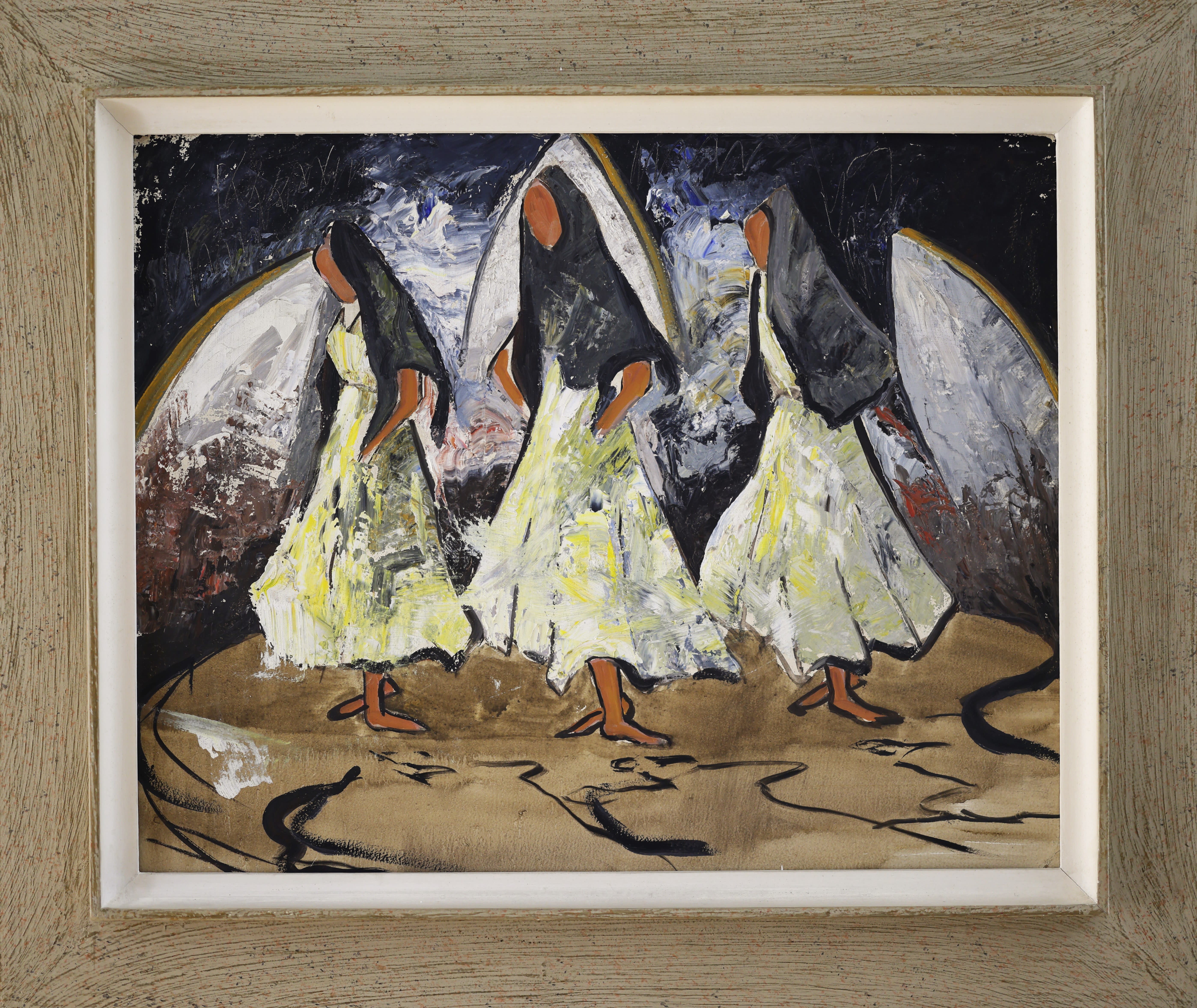
York Wilson; Three Dancers
The Great Depression forced Wilson to return to Canada in 1930. During the early 1930s to the mid-1950s, his paintings were primarily representational, often depicting social realist and satirical themes. In 1949, Wilson’s six-month stay at the artist colony in San Miguel de Allende, Mexico, marked a significant turning point in his career. Influenced by Mexican muralists like David Alfaro Siqueiros, Wilson learned to use industrial materials such as pyroxylin and vinyl acetate, which he later incorporated into his own murals.
Wilson became renowned for his large-scale murals in the 1950s, developing a lyrical semi-abstract style by 1958. His work in various media—including lithography, serigraphy, watercolour, acrylic, oil, gouache, ink, and charcoal—showcased his versatility. He also created tapestry designs, poetry illustrations, and small-scale abstract collages. Throughout his career, Wilson maintained studios in Paris, New York, and Toronto, reflecting his international influence and reach.
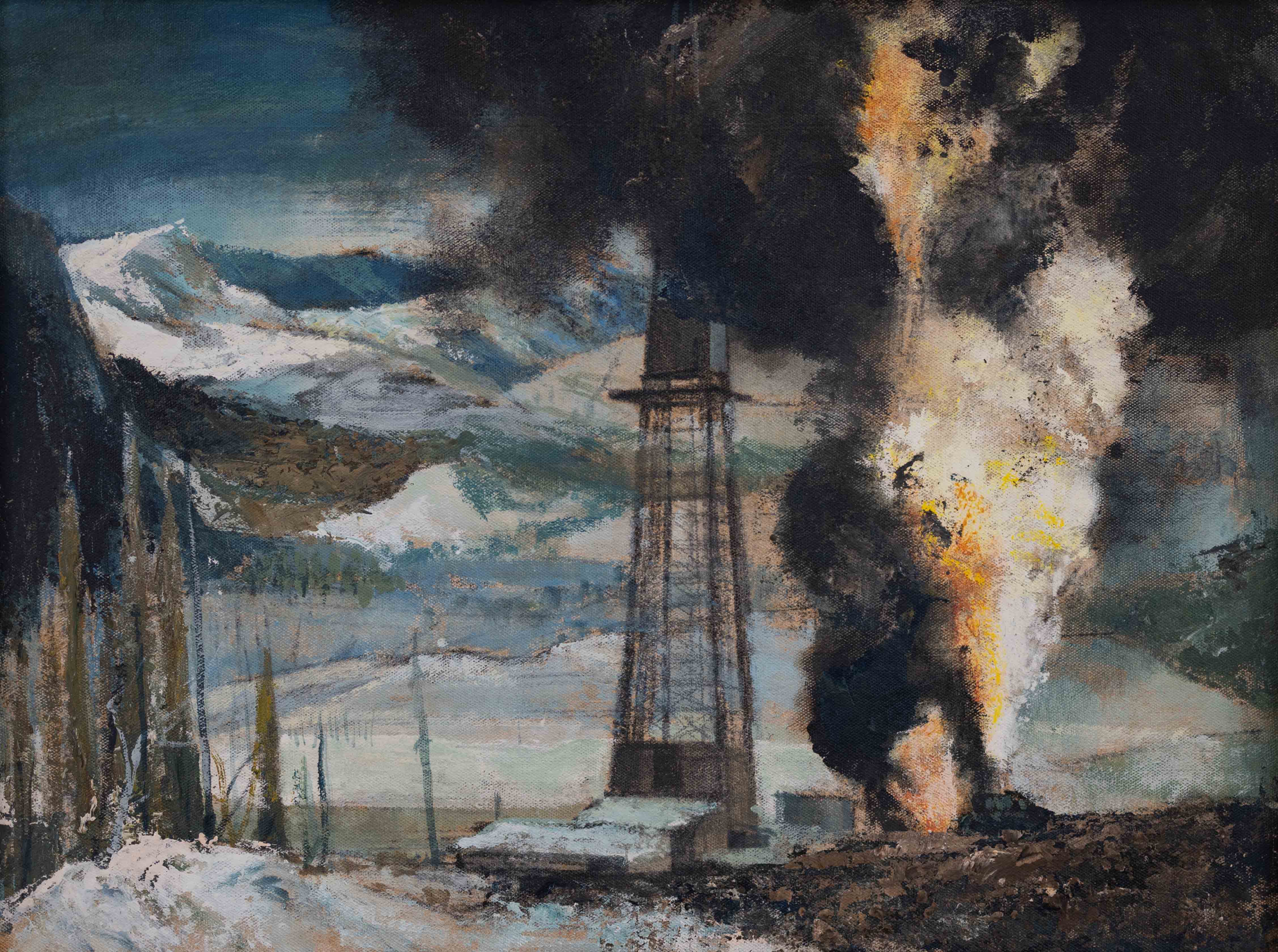
York Wilson; Oil Wells
Wilson’s major murals included the Salvation Army Headquarters, the Imperial Oil Building, and the Bell Telephone Building. His mural "The Seven Lively Arts" at the O'Keefe Centre was the largest mural in Canada at the time and remains a focal point of the lobby. Wilson’s abstract period in the 1960s featured a complex manipulation of texture, form, and colour.
York Wilson was a member of the Royal Canadian Academy of Arts and the Ontario Society of Artists, serving as its president from 1946 to 1948. His numerous accolades included a prize from the Baxter Art Foundation (1959), the Centennial Medal of Canada (1967), and the Ontario Society of Artists Lifetime Achievement Award (1983). In 1981, he was commissioned for a self-portrait by the Uffizi Gallery in Florence.
After Wilson’s death in 1984, his legacy continued to be celebrated. In 1997, the York Wilson Endowment Award was established by the Canada Council for the Arts. The York Wilson Foundation for Visual Arts was created in 2011 to maintain his artistic legacy, donate his artworks, and provide research materials. In 2017, the Beaverbrook Art Gallery received an outstanding gift from the Foundation, including over 850 works of art, financial support for programming, and a digital archive.
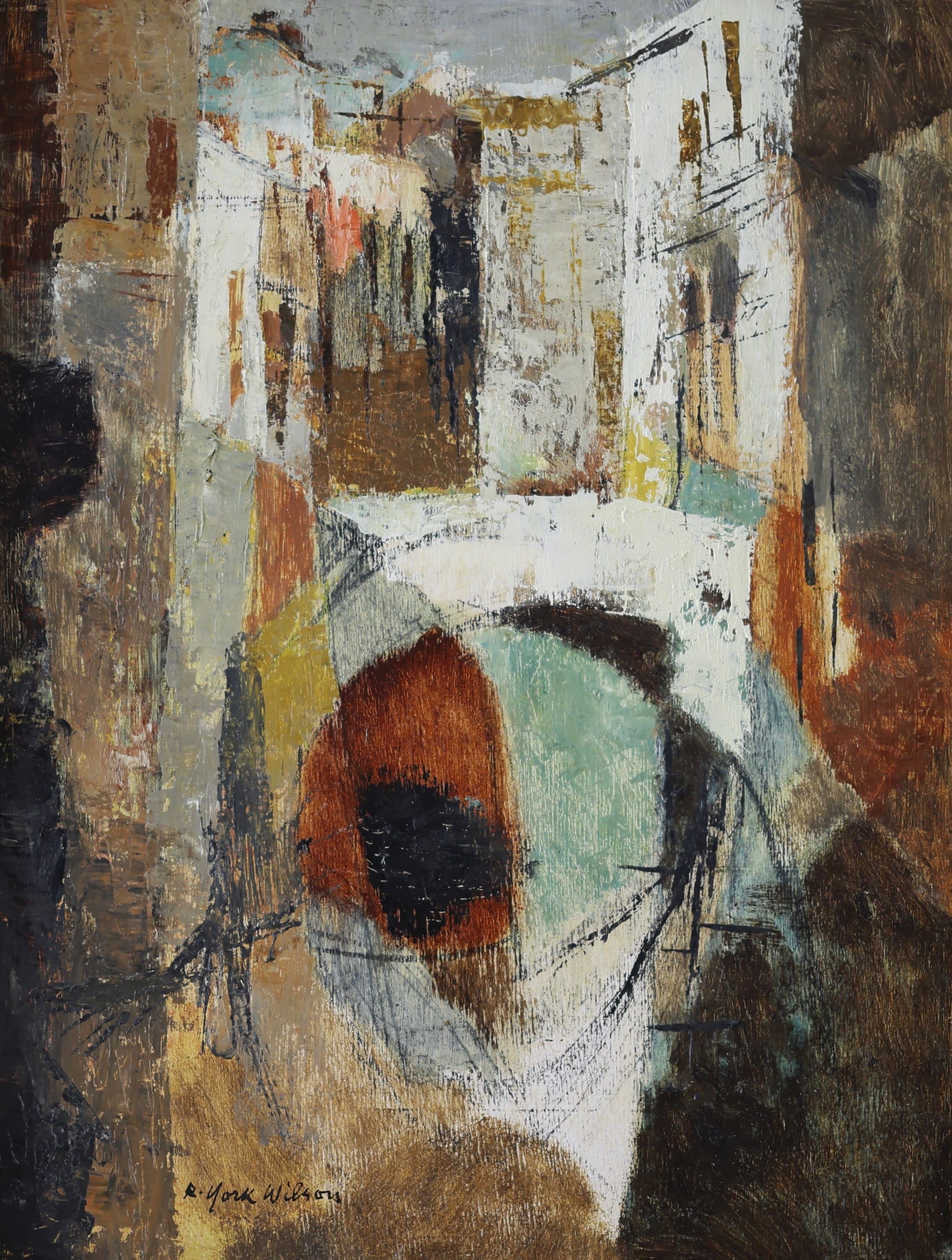 York Wilson; Impression of Venice
York Wilson; Impression of Venice
York Wilson remains a pivotal figure in Canadian art history, known for his contributions to mural art and his exploration of abstraction. His innovative use of industrial materials, extensive travels, and significant murals have left an enduring legacy in both the Canadian and international art scenes.
